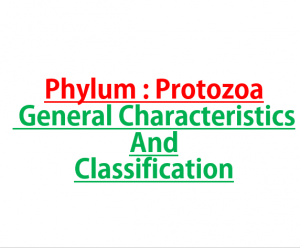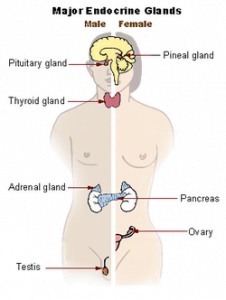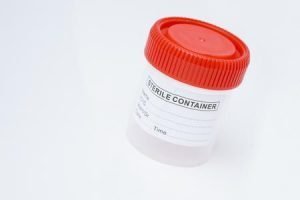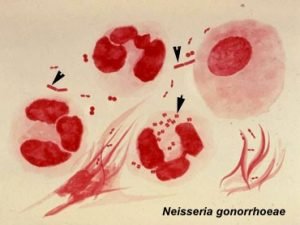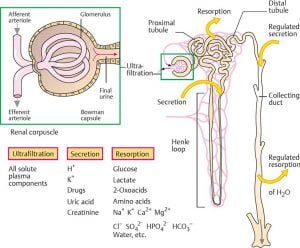
Dilution Tests for Antibiotic Sensitivity Testing (Broth dilution, Agar dilution and E-Test)
Performed to determine the minimum inhibitory concentration (MIC) of an antimicrobial agent. MIC is defined as the lowest concentration of an antimicrobial agent that inhibits... Read more

